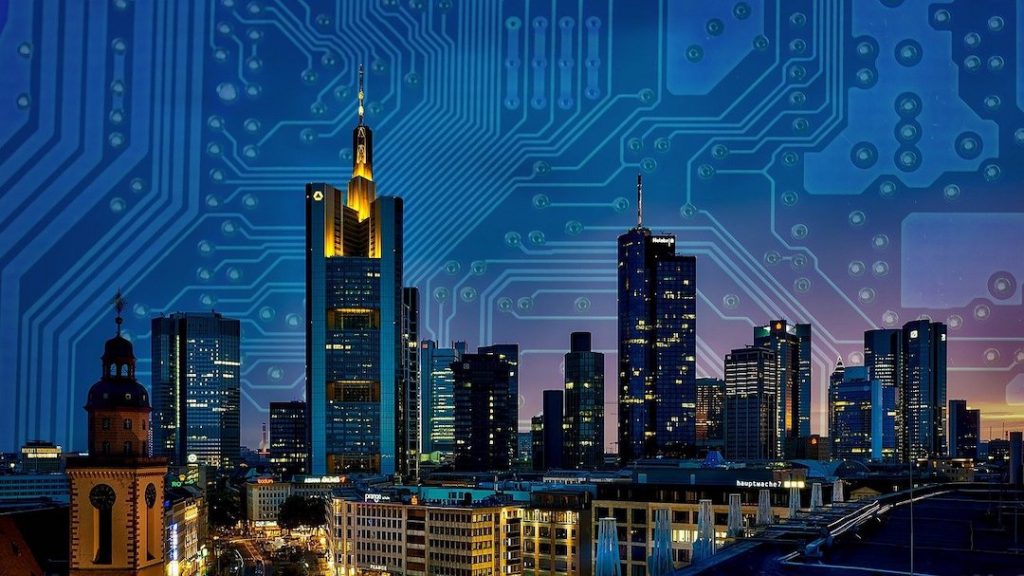Computer technology and connectivity are evolving faster than ever. The early steps of the internet, back in the 60s, and the Internet of Things are less than 50 years apart. It means that the technology that was sci-fi stuff a few decades ago are now realities, or at least, are just around the corner. Such is the case of intelligent buildings, which points toward smart cities. Stay online and find out the latest developments in this field.
Defining Smart Buildings
Smart buildings are those managed and monitored by computer systems. In those buildings, everything is connected via the internet. A plethora of software with some degree of artificial intelligence can control the whole thing. You’ll also see this kind of building referred to as “automated buildings” or “intelligent buildings”.
Thanks to Computer-Aided Facility Management (CAFM) and Integrated Workplace Management System (IWMS), making buildings “intelligent” is a rising trend. There are several options to learn more about CAFM and IWMS, but this link has a comprehensive guide to get you started on your journey to a ‘smart new world’.
Growing Pains
Cities are expanding worldwide. UN’s data points out that 55% of the world’s population currently live in urban areas. This number is expected to grow in the following decades, reaching 68% by 2050. Notice that those cities and their ever-growing number of buildings correspond to 65% of energy demand globally. Needless to say that those numbers have substantial environmental and life quality impacts.
Building With Intelligence

The systems used to manage intelligent buildings and industrial facilities have proven their potential to improve things up. CAFM systems can cut costs with energy, drive traffic, and reduce carbon footprint. Moreover, they create a better environment for everyone. However, we’re still talking about buildings here. What if a whole city could be built like that?
From our partners:
The ultimate goal of building a completely smart city depends on making every building smart. An ideal smart city can optimize public transportation, allocate resources, increase security and comfort. It’s not a simple task, but this future is nearer than ever. Artificial Intelligence (AI), and the Internet of Things (IoT), are closing the gap between fiction and reality.
Building Blocks

The future of smart cities doesn’t depend only on creating new buildings. It’s also necessary to upgrade the existing ones. This upgrade will progressively create “smart quarters” and “smart neighborhoods”. Then, intelligent neighborhoods can interconnect, paving the way for a complete smart city.
There’s a lot to be done, but the industry is already muscling up to the challenge. According to research by McKinsey & Company, nearly $10 trillion is spent every year in the creation of new smart buildings. This expenditure is expected to reach $14 trillion by 2025.
Conclusion
As cities grow and the population in them, efficient management of resources and space becomes vital. There are too many variables for human intelligence to calculate. Traditional models based purely on human intelligence can be wasteful and make cities inhabitable in the long run. Intelligent buildings and cities are the way forward.













